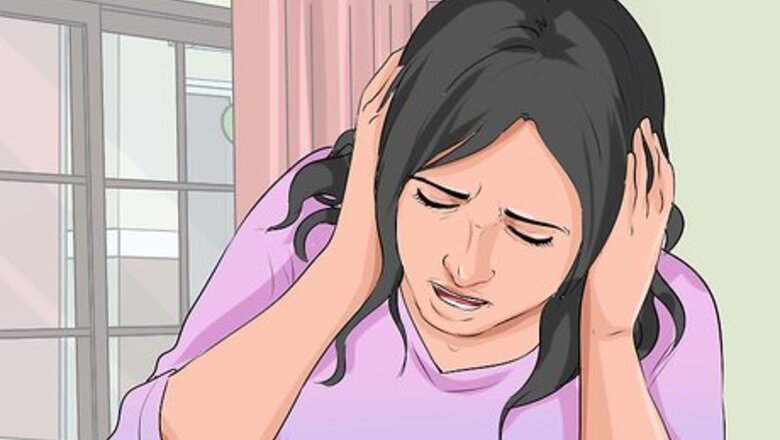
views
X
Trustworthy Source
Cleveland Clinic
Educational website from one of the world's leading hospitals
Go to source
Recognising Symptoms
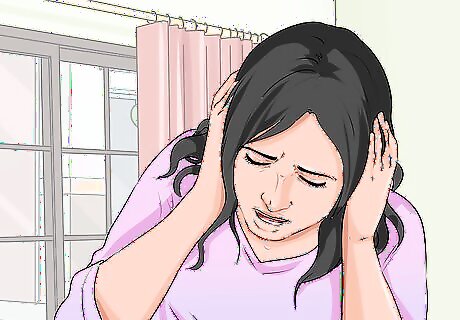
Understand emotional symptoms. CPTSD often includes persistent feelings of sadness, guilt, or shame. Becoming aware of these emotions is the first step toward addressing them. Other symptoms include: Feeling: Distrustful of the world Permanently damaged or worthless Of emptiness A difficulty controlling your emotions Dissociative symptoms: Depersonalisation (feeling disconnected from the self) Derealisation (feeling disconnected from the world)
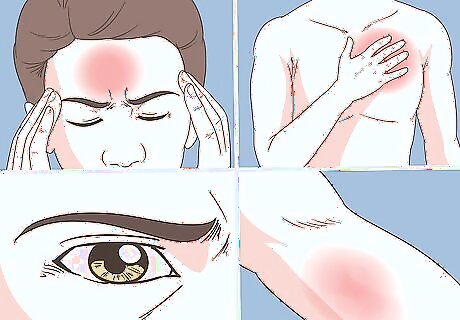
Identify physical manifestations. Your brain and body work together heavily, so you may experience these unpleasant physical symptoms. Some of these include: Headaches Dizziness Chest pain Stomach aches

Notice behavioural patterns. These behavioural symptoms often serve as coping mechanisms to manage overwhelming trauma responses. Patterns frequently seen in CPTSD include: Avoidance symptoms: Avoiding situations, places, and other things that trigger flashbacks Avoiding relationships or friendships, or finding them very difficult Issues with sleep: Insomnia Nightmares Other: Flashbacks Memory issues Issues with substance misuse
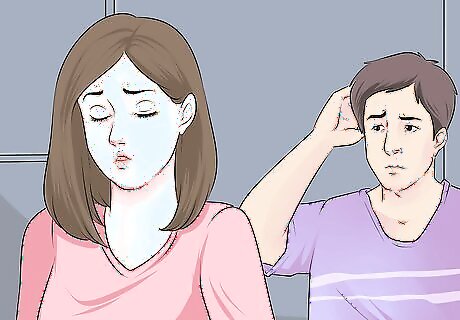
Recognise relational challenges. People experiencing CPTSD most often face issues sustaining relationships with others. This can lead to feelings of inadequacy and guilt. CPTSD can also lead to difficulties with: Trusting others With emotional or physical intimacy Feeling close to others Regulating emotions around others
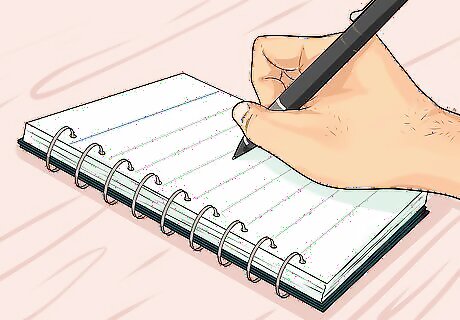
Track triggers. Using a journal, write down what the causes of your symptoms seem to be. You can do this by tracking your symptoms and what you did that day, then making connections between symptoms and situational or other triggers.
Seeking Professional Support
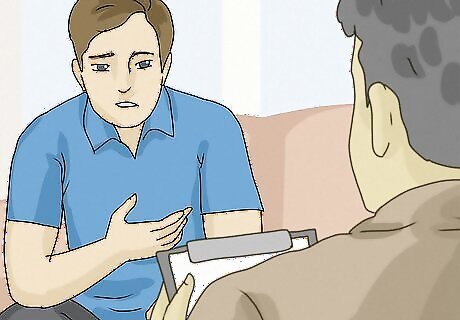
Consult a mental health professional. You must see a mental health professional, of some description, for treatment and diagnosis. They can help you manage your symptoms and triggers and provide emotional support. Seeing a mental health professional is key to working on your CPTSD and is an almost necessary step in your recovery.
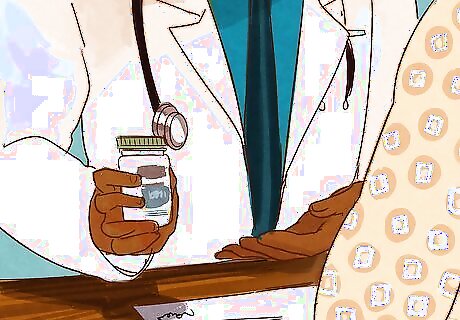
Evaluate medication options. Speak with your mental health professional about possible treatment options. There are no CPTSD-specific medications. However, some medications that are sometimes beneficial for CPTSD include: Antidepressants Anti-anxiety medications Sleep medications
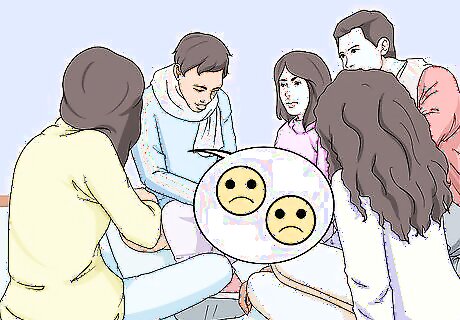
Explore support groups. Find CPTSD, or PTSD, support groups in your area or online. This can help you connect with others who understand your symptoms and can provide a sense of belonging and additional support. This is useful, as they will understand your situation better and can provide support and advice.

Educate yourself. Research your diagnosis, find out more information on treating and living with CPTSD, and look for others who have shared their experiences overcoming and dealing with living with this trauma-based disorder.
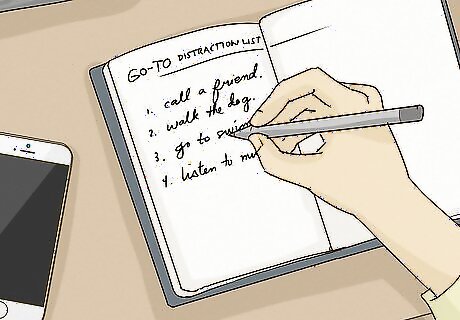
Build a treatment plan. Work with your mental health professional to create a plan for your ongoing mental well-being. This can include basic daily tasks, forms of therapy, support from those around you, and more. You might work through these CBT strategies with your psychologist or therapist: Learning how your body responds to trauma and stress Learning how to manage symptoms Recognising and redefining unhelpful thought patterns Exposure therapy
Managing Symptoms
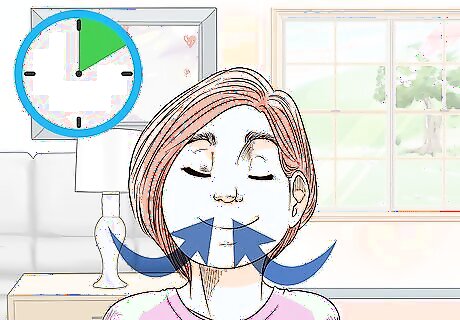
Practise grounding techniques. Methods such as deep breathing, progressive muscle relaxation, or mindfulness meditation can help ground you in times of distress. Grounding techniques can also help manage your emotions and may greatly improve your well-being.
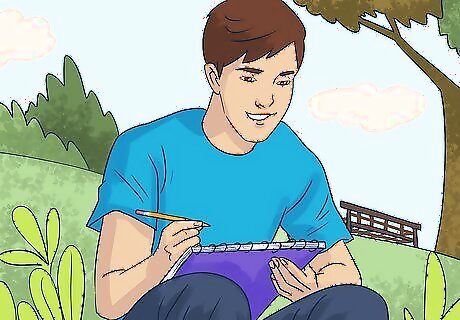
Develop emotional regulation abilities. Use tools such as speaking with your therapist, journalling or creative practices to work on your emotional regulation. All of these options provide you with an emotional outlet, which can help take some of the stress out of regular, daily life.
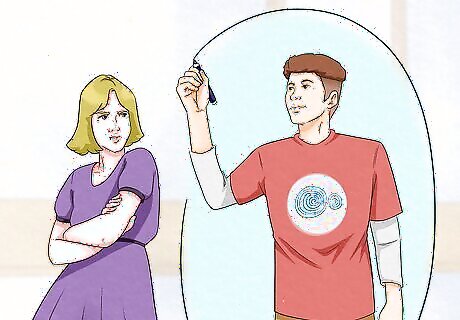
Set boundaries.Learn to say no to people, and develop an idea of your needs. Stick to your words firmly, and don't allow people to convince you to back down. You will know what you need, so be assertive.
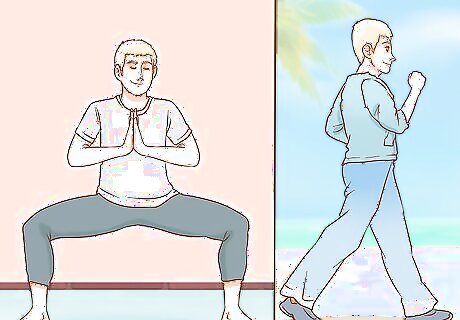
Engage in physical activity. Engaging in physical activity is shown to help improve symptoms of emotional distress in CPTSD and PTSD. You may choose to engage in whichever physical activity sounds the most interesting to you. Some examples of beneficial exercises include: Martial arts Jogging Walking Yoga Muscle training
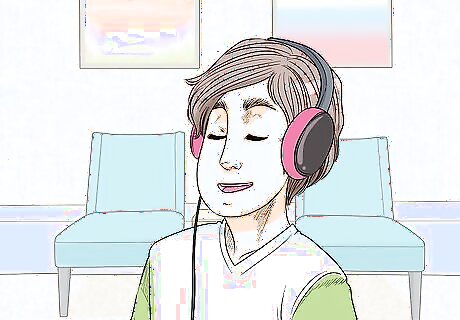
Utilise self-soothing practices. Learn to comfort yourself by using strategies that engage your five senses. Work on engaging your touch, sight, hearing, smell, and taste. Different strategies work best for different people, so creating a plan based on your needs is a beneficial idea. Touch: Ice cubes Fluffy items Weighted items Sight: Photos you enjoy looking at Sensory videos Different coloured lights Hearing: Music Sensory objects that make noise Meditation music Smell: Essential oils Perfume Taste: Spicy food Sour lollies Mints
Creating Supportive Routines

Establish a daily schedule. Having a consistent routine can help you manage your symptoms better and provide a sense of control in your life. Having CPTSD often leads to feelings of lack of control; you will see great benefit from countering those feelings.
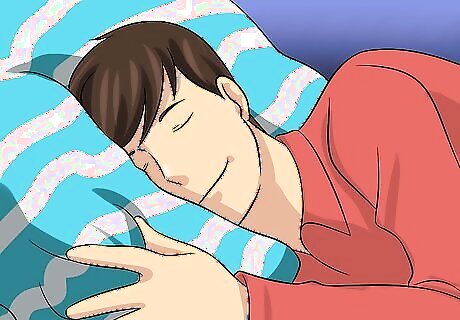
Prioritise sleep. Making sure to get enough sleep is essential. Lack of sleep will only worsen your symptoms. If necessary, you may want to consider taking some form of sleep medication for this. Melatonin is a natural hormone found in your body; supplementing melatonin will likely help with your sleep schedule.

Incorporate a healthy diet. A healthy diet is crucial for good mental well-being. As your brain is directly fuelled by what you eat, it is essential to get the nutrition you need throughout the day. This can be done by: Prioritising protein Eating fruits and vegetables Eating whole grains and legumes Incorporating healthy fats into your diet You may want to consider talking to your doctor about supplementing with Omega 3.
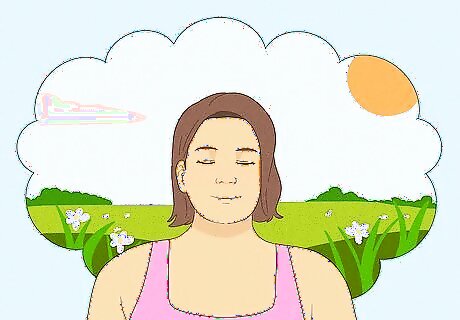
Schedule time for self-care. Make sure your daily schedule isn't too packed with productivity. You need time for yourself. Make time every day to practise the techniques you have learnt to manage your CPTSD. This is an important step, as you don't want to go back on your progress.
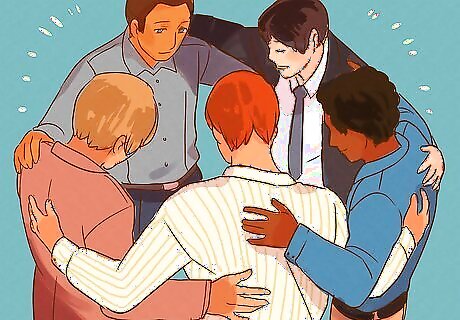
Stay connected with those around you. Make the effort to reach out to people. Although it may not seem like it to you, they'll appreciate it if they're someone you should be spending your time with. Talk to your family and friends more often if they are beneficial for your well-being. Staying connected to others is crucial, as you'll only grow more isolated if you don't do so. Isolation is never going to benefit your mental well-being, so be sure to avoid it at all costs.










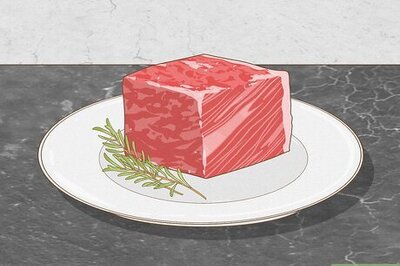

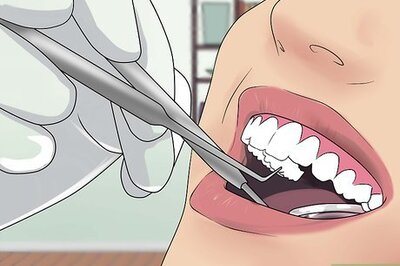

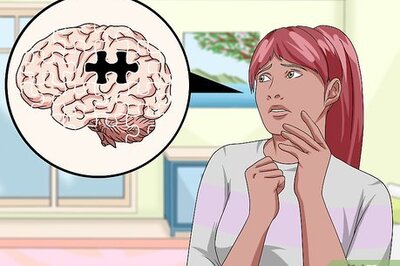

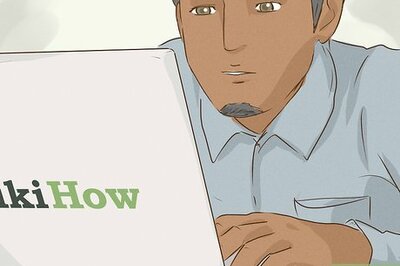

Comments
0 comment